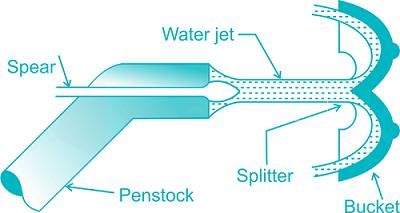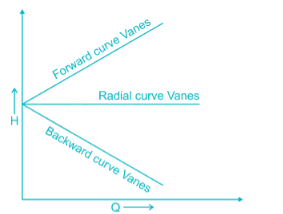Fluid Machinery - 2 - Mechanical Engineering MCQ
20 Questions MCQ Test - Fluid Machinery - 2
Two Pelton wheels A and B are having same specific speed and are working under the same head. Wheel A provides 900 kW at 800 RPM. If wheel B produces 100 kW, then its RPM will be
Which of the following pump is successfully used for lifting water to the turbine?
Which of the following pumps is used for pumping viscous fluids?
For starting an axial flow pump, its delivery valve should be _____.
If the discharge of a centrifugal pump is throttled then its suction lift
In centrifugal pumps, maximum efficiency is obtained when the blades are
The pressure inside a Pelton turbine casing during working________.
By which one of the following, a small quantity of water may be lifted to a great height
A single-stage impulse turbine with a diameter of 120 cm runs at 3000 rpm. If the blade speed ratio is 0.42, then, the inlet velocity of steam will be
The main function of the draft tube in a hydraulic reaction turbine is to
If α is the blade angle at the outlet, then the maximum hydraulic efficiency of an ideal impulse turbine is


























